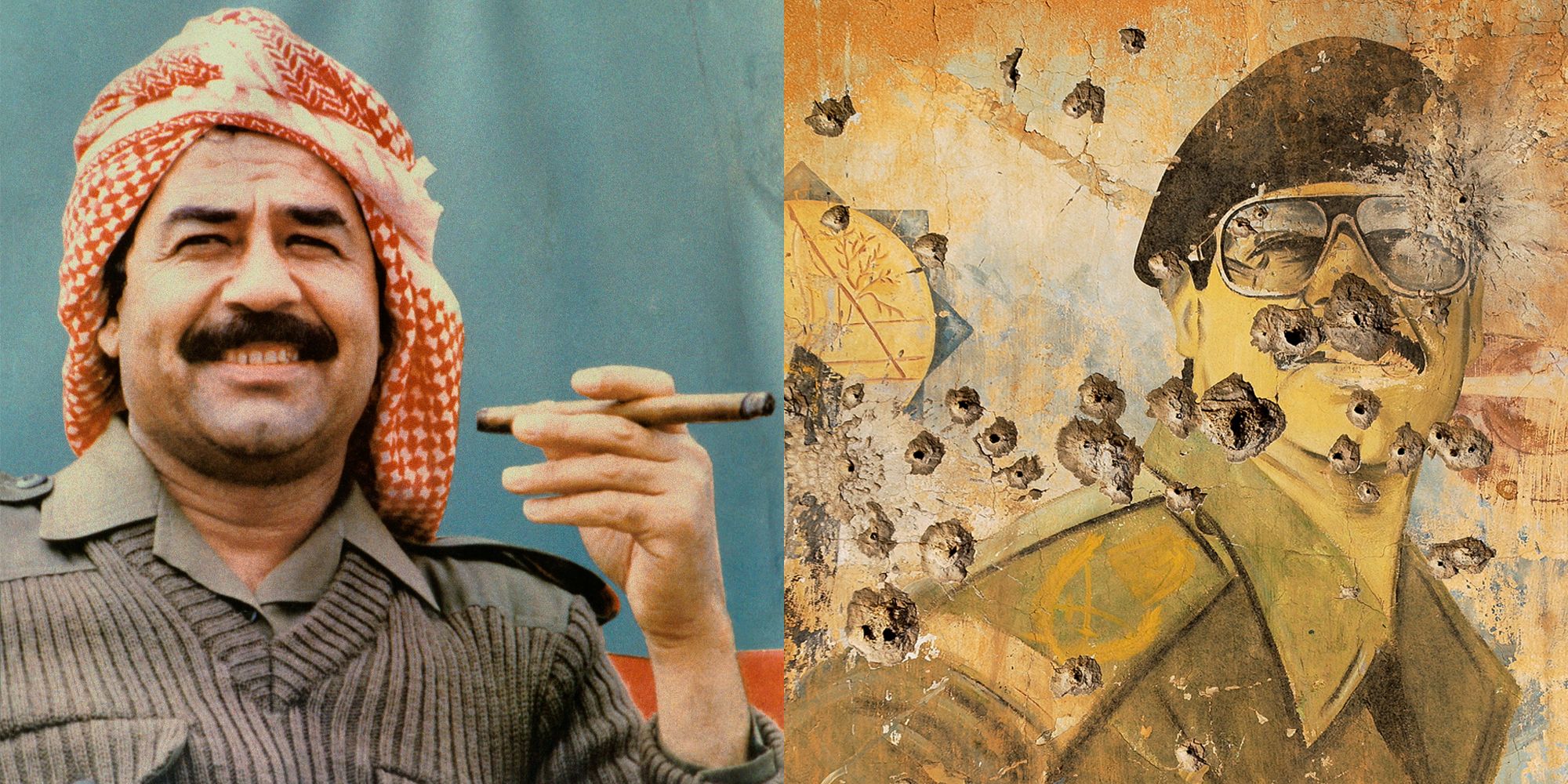
Would we have prevented Saddam's hanging entirely, or tried to turn what seems like an out-of control lynching into an orderly execution? Or, would we simply have been more fastidious in making sure that only officially approved and sanitized images found their way beyond the gallows? William Caldwell IV, the senior spokesman for the military command in Baghdad, put it, in an unintended reminder of America's inability to control events anywhere in Iraq, "Had we been physically in charge at that point, we would have done things differently."īut what would we have done differently? That question remains unanswered. Lurking just outside these scenes is the specter of America's involvement and responsibility: an involvement and responsibility our leaders now are all too eager to disavow. And, finally, only at the end, do we catch a fleeting glimpse of Saddam himself, lifelessly suspended in mid-air, neck broken, head angled eerily to one side. Shiite witnesses and guards gathered for the occasion misbehave, alternatively shouting at the condemned and celebrating as he is dropped to his death. Was this a stick up, a mugging, or just a botched effort to evoke the tradition of the hooded executioner? Then there is a large, grotesquely oversized noose poised, as if eager to do its job, which comes into focus as Saddam is being prepared to hang. And what if we, as Allen suggests, attend to the "perpetrators"? Who and what do we see? Who and what is brought into view that might otherwise escape our gaze?įirst, there are Saddam's executioners, four men in black ski masks, leathers jackets, and jeans, leading the condemned man onto a gallows. In the Hussein film, lynching seems to return from its nether life, an uninvited guest at a twenty-first century example of victor's justice. Watching the grainy footage of Saddam Hussein's hanging calls to mind Edison's motion picture and Allen's collection as well as his warning that we should focus on the "perpetrators" rather than the corpse. Allen warned viewers, "After you get through the shock what lingers are the images of the perpetrators, and not of the corpses, and that's where the focus needs to be." Many also show spectators smiling for the camera with someone hanged from a tree framed in the background. They show men and women stripped, lashed, beaten, burned and hung. Those images created a national sensation because, as one reporter put it, they illustrated "the cruelty - and bizarre revelry - at many lynchings in the United States." Many of the photos had been made into postcards by people who sold them as souvenirs or sent them to friends. Several years ago, we again were reminded of the demand to witness and the distress it causes when galleries and museums around the country displayed James Allen's powerful and disturbing collection of lynching photographs. After the event, his film circulated widely and still can be seen today.

As 6,600 volts of alternating current brought the elephant to her knees, Edison's camera rolled in plain view. It was instead the last moments of a notorious and violent circus elephant, meeting a fate decreed by her owners before a large crowd gathered to enjoy the spectacle. What he captured, however, was not the dignified death of a criminal condemned through orderly judicial procedures.

Thus more than a century ago, in one of the earliest movies, Thomas Edison filmed the first execution by electrocution. Moving pictures of executions are almost as old as the medium itself. This has turned out to be as true of Saddam Hussein's execution as it is in other cases.With so much attention being paid to the apparent recent scandal created by the surreptitiously produced video of that event, we should not lose sight of the real scandal of the execution it portrays. As a result, those who carry them out seek to control what is seen and by whom. Yet what we see when we watch often disturbs and unsettles us. Pictures And Executions: The Real Scandal In The Hanging Of Saddam HusseinĮxecutions seem to demand witnessing.


 0 kommentar(er)
0 kommentar(er)
